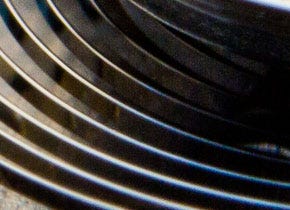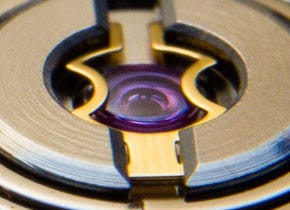新闻
How to wind up the Mechanical Watch?
1. A tightly coiled flat spring powers the mechanical watch.

2. This spring, left unchecked, would uncoil almost instantly. Instead, it is controlled by a series of toothed gears and an assembly called an escapement.
3. The escapement is kept in check by a hairspring, the “heart” of the watch. It beats back and forth at a steady rate anywhere between 18,000 and 36,000 times per hour, giving a mechanical watch its precision. Synthetic “jeweled” bearings minimize friction and are suspended to protect against vibration and shocks.

One of the beautiful things about a mechanical watch is that is requires interaction with its owner to function. That coiled mainspring will only provide power for a day or two (or sometimes longer) if you don’t keep it wound. A handwound watch is the purest form of the mechanical timepiece, which is part of its appeal. The mainspring is wound, as the name suggest, by turning the watch’s crown a few dozen times. But don’t overwind your watch. You’ll know when it’s wound when you can’t turn the crown anymore. Stop winding when you first feel resistance.
1. Wind the watch off your wrist to minimize stress on the winding stem.
2. Don’t overwind. Stop when you feel resistance. Just give the crown 20 or 30 spins for each winding up.
3.Try to wind your watch once a day. A watch typically has about a two-day power reserve, so winding it up everyday is a good habit.
Sample Block Quote
Nam tempus turpis at metus scelerisque placerat nulla deumantos sollicitudin delos felis. Pellentesque diam dolor an elementum et lobortis at mollis ut risus. Curabitur semper sagittis mino de condimentum.
















